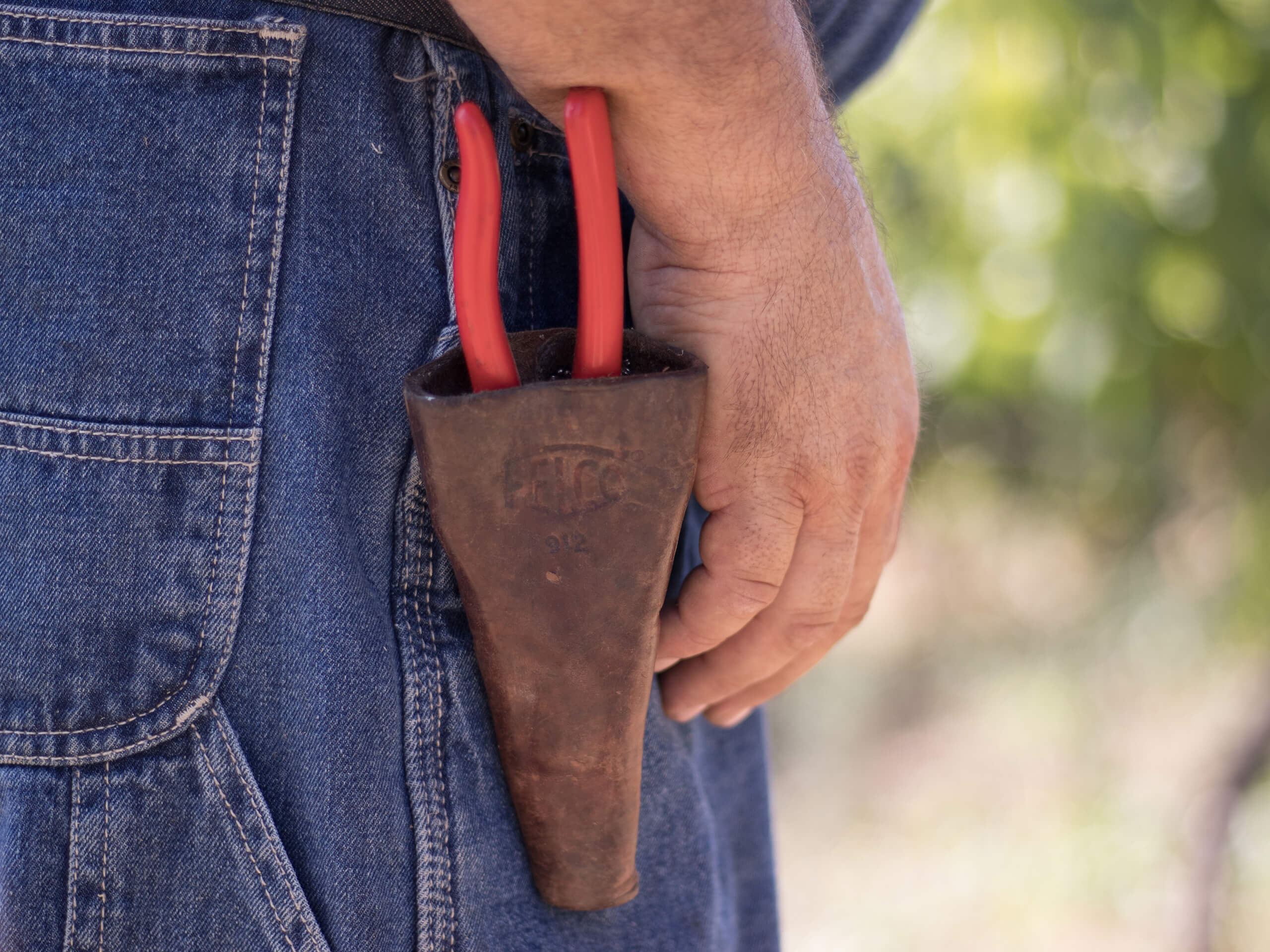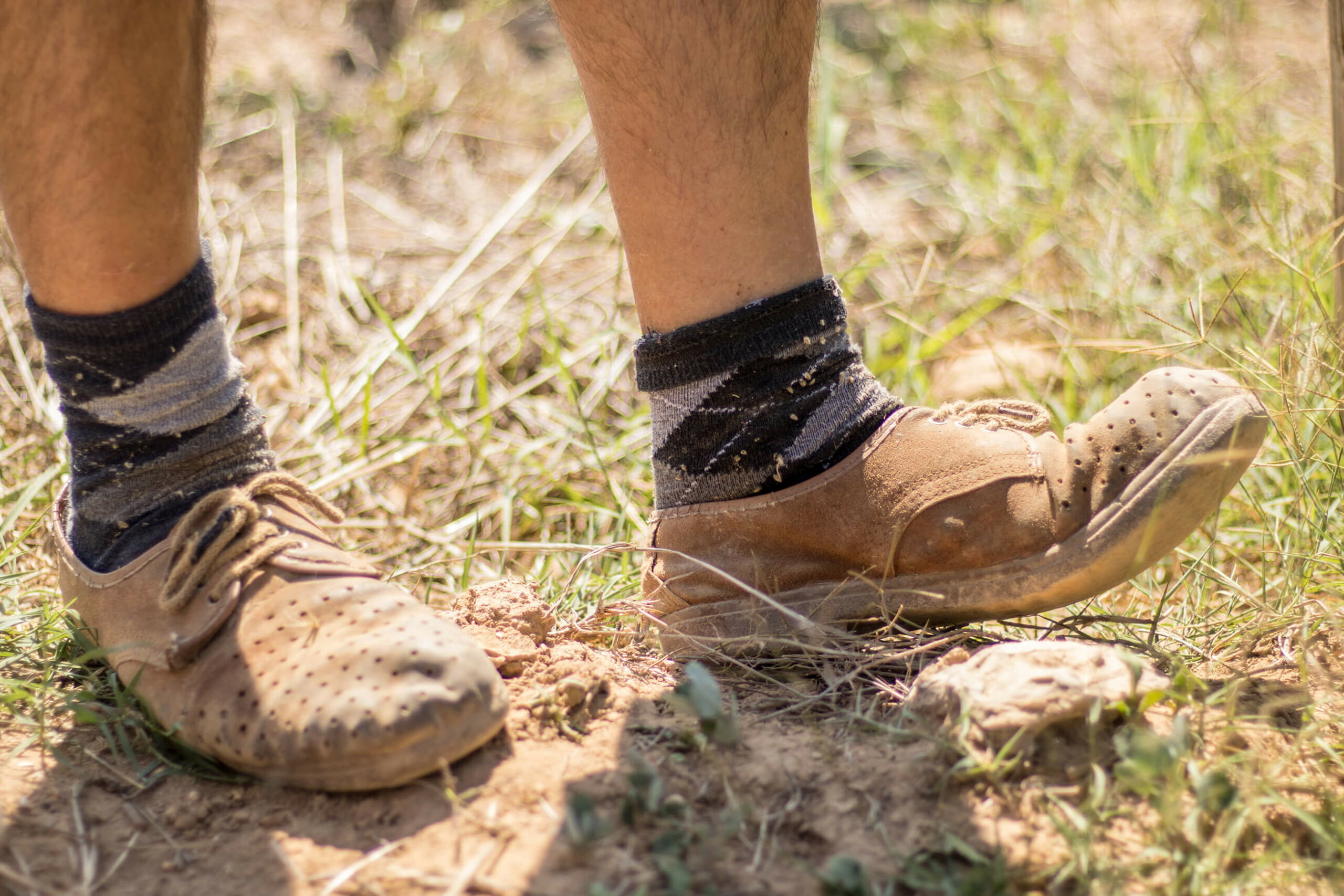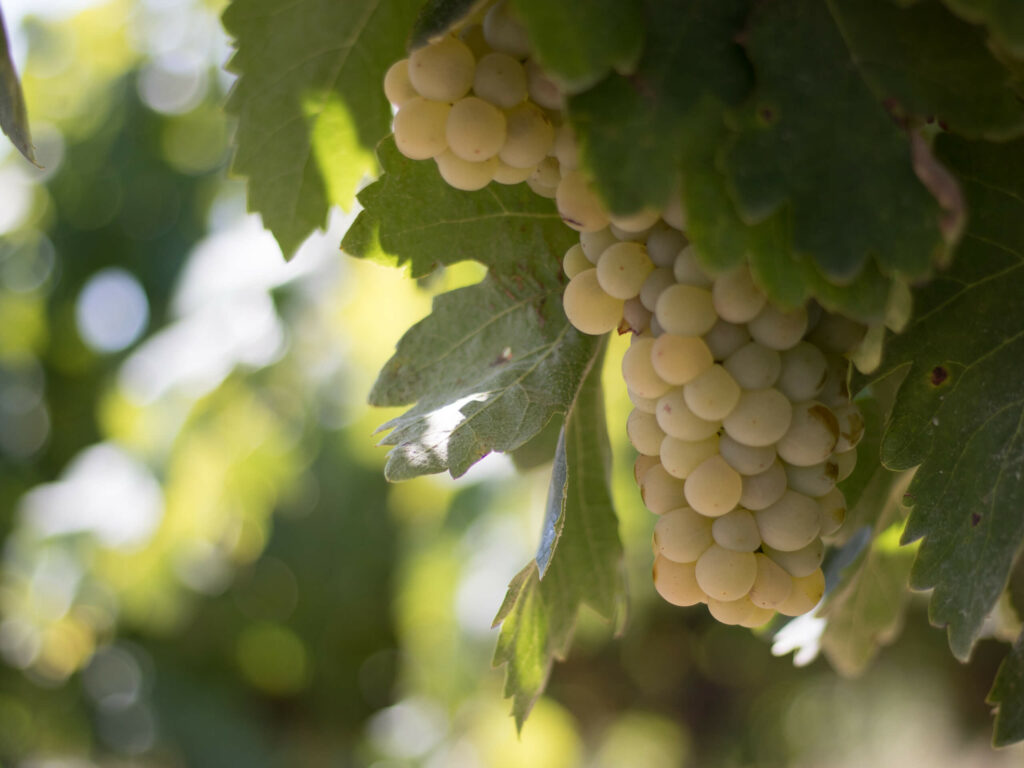40 years ago, in the 80’s and the 90’s, reaching 40 ºC was quite extraordinary which would make our eyes open in surprise. They were numbers that only a few Andalusian cities would reach, like Córdoba or Sevilla. XXI century, the 40 ºC are here, each time more present: they have come to stay.
Not all the summers in Catalunya have reached 40 ºC of maximum temperature. The year that we did not get to 40 ºC was in 2014. The last 25 years, since the 1997, in 19 occasions the temperature has reached and surpassed the 40 ºC line, at least once. But it has never come so fast and stayed that long compared to 2022.
June is the month that opens the door to this 40 ºC temperature, especially on the 15th of June although this year 2022 it came a week earlier. With the month of May predicting a hot and scorching summer.
The temperature in Penedès hasn’t reached 40 ºC, but it did get to 37.
Climatology during the vegetation cycle
In most of Catalunya it’s been a dry and warm winter. The oldest series show how this winter has had one of the highest average temperatures on record. At the Fabra Observatory (Barcelona), with data from 1914, this winter has been the 3rd warmest of the series, with an average temperature of 11 °C (+2.6 °C compared to the 1961-1990 average). The warmest continues to be the winter of 2015-2016 (anomaly of +3.2 °C), followed by 2019-2020 (+2.9 °C).
It has also been the driest winter in recent decades in parts of the eastern half of the country and the driest in the rest, except in the Pyrenees. The pluviometry deficit has been prolonged during the three months of the climatic winter. In Catalunya, this has been the driest winter since at least 1950, the start of the respective series. In Vilafranca del Penedès (Alt Penedès), with the same available period, it was the second driest.
April started with frost, and a few snowflakes, and the lowest maximum temperatures for this month since 2016. On April 1, an air mass originating from the polar zone caused a noticeable drop in temperature causing the snow to reach heights above 200 meters.
The 3rd of April the lowest temperature in la Granada was 0,3ºC while at Font rubi it reached 1,5ºC. In areas around the county, such as La Llacuna, temperatures reached minus 4 degrees.
In the month of May, Vilafranca and Alt Penedès experienced much higher temperatures than the usual for this time of year, reaching over 30 degrees on some occasions. Specifically, the hottest day was May 22 when the thermometer reached 34.3 degrees in Vilafranca.
The heat warning triggered by the Generalitat was the earliest to be issued in Catalunya in the last 10 years and, according to experts, these will become increasingly frequent.
As for the rain, we had a two-day episode of exceptionally good rain that managed to climb the litres per square meter to more acceptable levels.
The week of June 13th we experienced a heat wave that led to record temperatures in only a month in many places. The arrival of a large mass of very warm air originating from Africa caused an increase in thermometers, which were placed with temperatures well above those recorded in the middle of June. The maximum temperature at the Alt Penedès automatic weather stations was in Sant Sadurní, where it reached 36ºC, while at the other stations it was between 33 and 34ºC.



In order to avoid the stress from the lack of water on the plants we removed all the plant cover, especially around the lower area where the drought was extreme.
In July, the TºC was rising a little more every day and 40º was reached in several interior counties. At the beginning of July, no rain was seen or predicted anywhere, and the drought was already extreme. In our estates, the maximum temperature was 37º.
The storms on Thursday, July 28th were very irregular, but left some notable amounts of rain and some significant hail in the West. The storms that came in from the west in the late afternoon unloaded a hailstorm with a few stones as big as an egg in some parts of Pontons and La Lacuna, where we have some of our vineyards.
The heaviest downpour was on the morning of July 29 and affected some parts of Alt Penedès, especially Vilafranca where the water caused flooding in several streets. The AEMET station in this town recorded 48 l/m² in one hour, but several personal rain gauges recorded up to 65, most of which fell in less than 30 minutes. The water made water streams flow down vigorously.

On August 9, we start one of the earliest vintages, like the 2015 and 2017.
Datos de interés:
Lluvia acumulada mediana de Enero a Julio 2022: +/- 200 litros/m2. Un año extremadamente seco
Lluvia acumulada mediana de Enero a Julio 2020: +/- 400 litros/m2. Un año extremadamente húmedo



